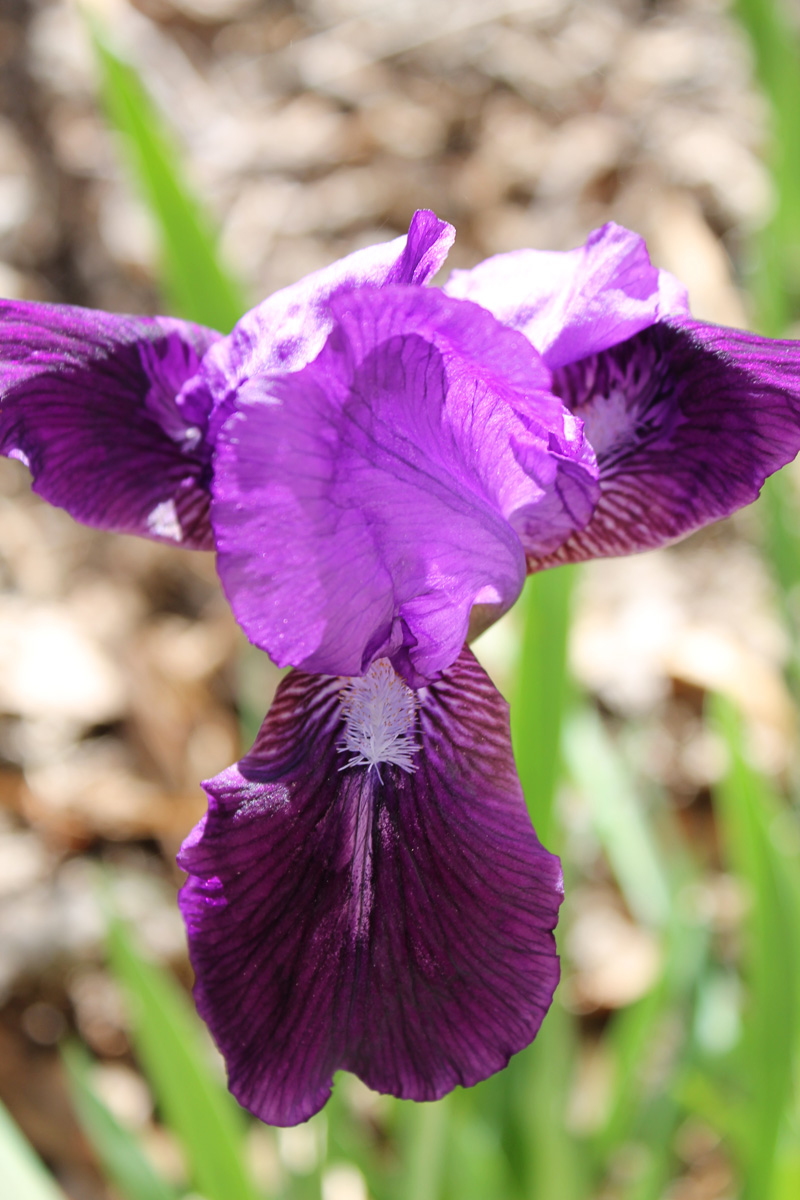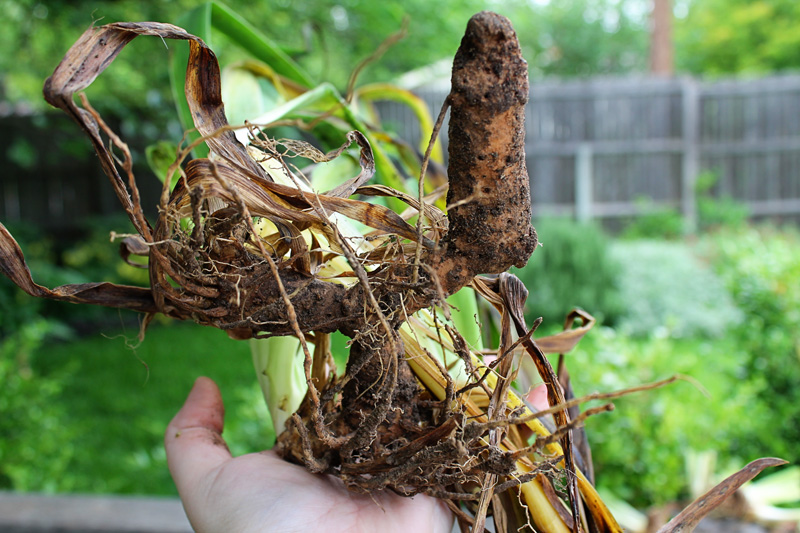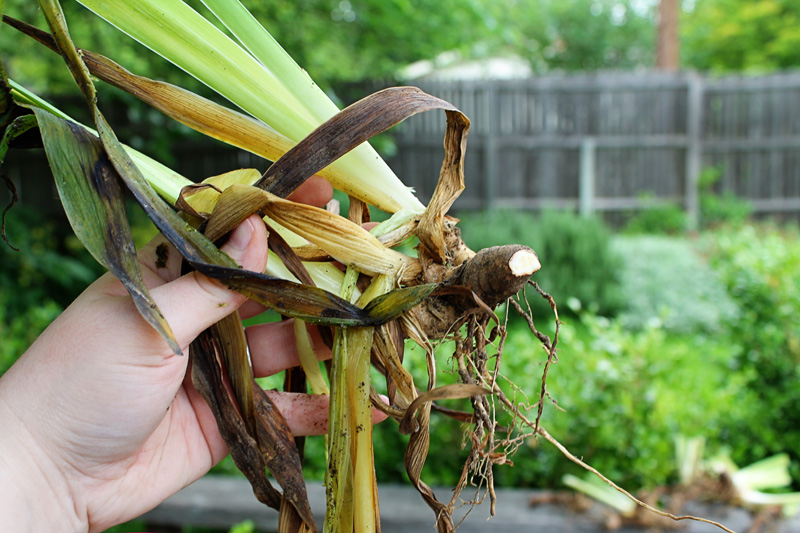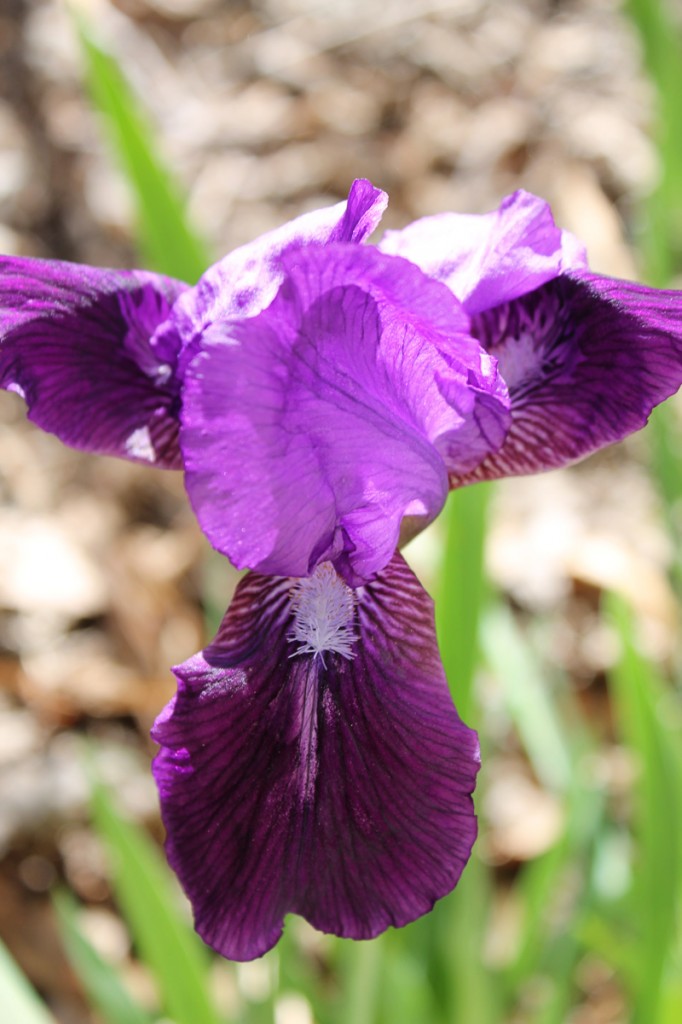Passalong plants are handed from one gardener to another, and they’re my favorite kind. It generally means that they’re resilient enough to take the Texas weather and they’ll thrive enough that someone has to actually get rid of them. I can’t tell you how many hundreds of dollars I’ve lost when my expensive Japanese aralias, hostas, heuchera, and hellebores have succumbed to drought. But all of the passalongs I’ve received are doing just fine. (Except for the ferns I plucked from my aunt’s house in Houston; it’s just not humid enough for them here.)
Texas is pretty dreadful for the type of gardens I prefer, but there is one flower that likes it here: irises. I’ve been daydreaming about a pathway lined with irises for about six months now, so I devised a little trick to get some for free. This works well for anything that you’d like to get for free, actually…
Go to Craigslist, then your city. Under the “for sale” category, click the “free” link. Search for the item you want for free—in my case, “iris.” If you found some, great! More likely, you didn’t. In that case, click the orange RSS button at the bottom.
The link that pops up will look something like http://dallas.craigslist.org/search/zip?query=iris&srchType=A&format=rss. You can paste this into your feed reader, such as Google Reader. Then when any new listings are posted for your search item, they’ll pop up in your feed reader within a couple of hours. If you don’t use a feed reader, you should!
On Friday I received one such alert about free irises in Grapevine, so I hopped right in the car. This is the perfect time of year, both because a lot of gardeners are thinning out their beds, and because the irises have already bloomed for the year, making them ready to transplant.
Sure enough, no one else had picked them up yet, and there were about two wheelbarrows full. I took enough to fill up my back seat and still left enough for someone else. The drive home smelled like a really dirty aquarium, but if you think about the fact that each of these iris corms (they’re not called bulbs) sells for about $7 at a nursery, I came away with, oh, about $700 worth of plants.
Here’s just a small sample of the carnage.
The first step is to divide the corms. When you dig them up, they will look like a network of tuberous growths. I try to snap them apart at the joint, making sure that each has foliage attached to it. Cut off any mushy rhizomes with a sharp knife. Some people recommend dipping the cut ends in sulfur, but I’ve never bothered doing so and it’s worked fine.
Next, remove any dead, spotted, or unhealthy (brown or yellow) leaves. This can be a bit grotty.
Finally, cut back the leaf fan so that the corm can concentrate its energy on growing rhizomes instead of its foliage, and so that the weight of the leaves won’t cause the newly transplanted iris to tip over. Snap or cut spent bloomstalks off at the rhizome.
The irises will take a year off from blooming, but when they do they should look something like this. Not bad.










